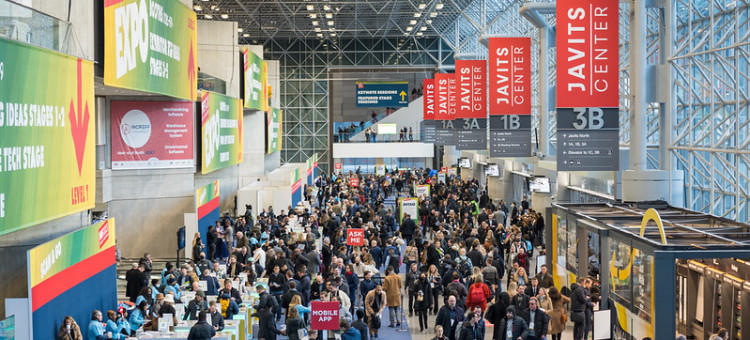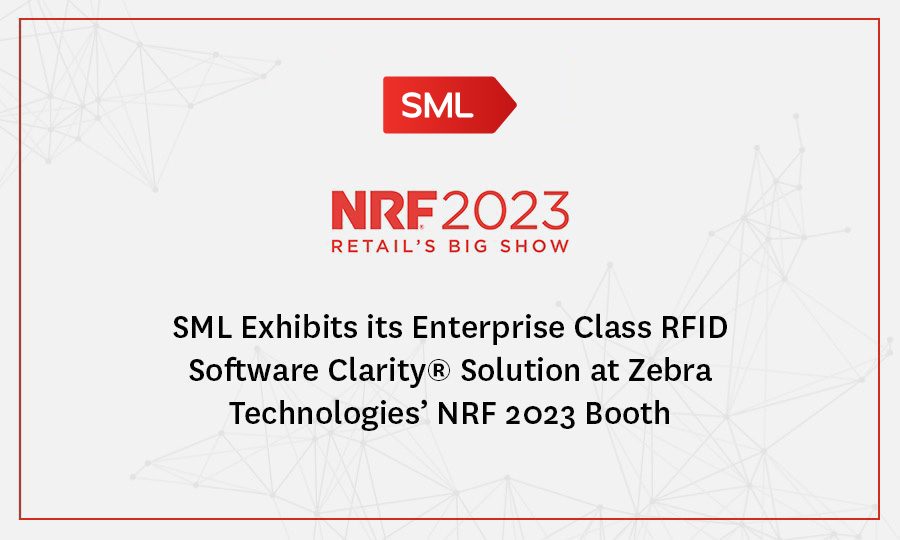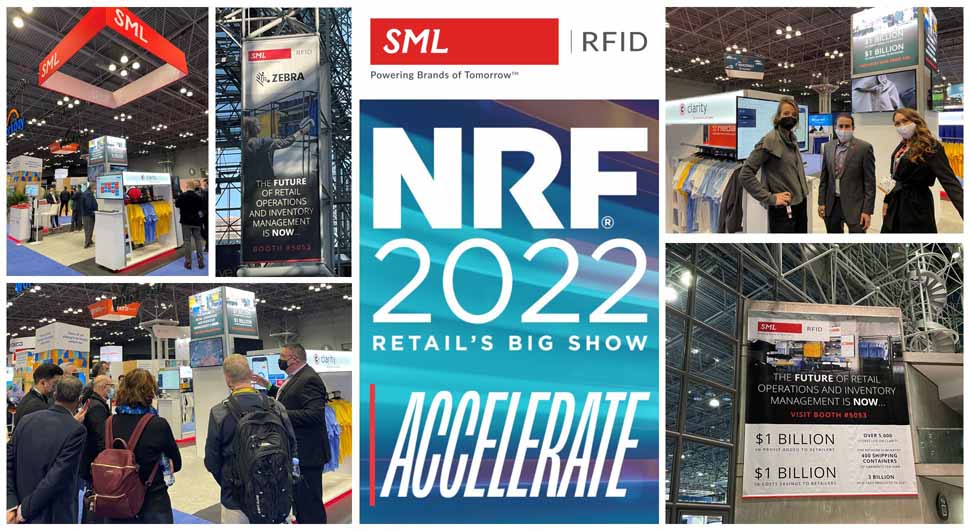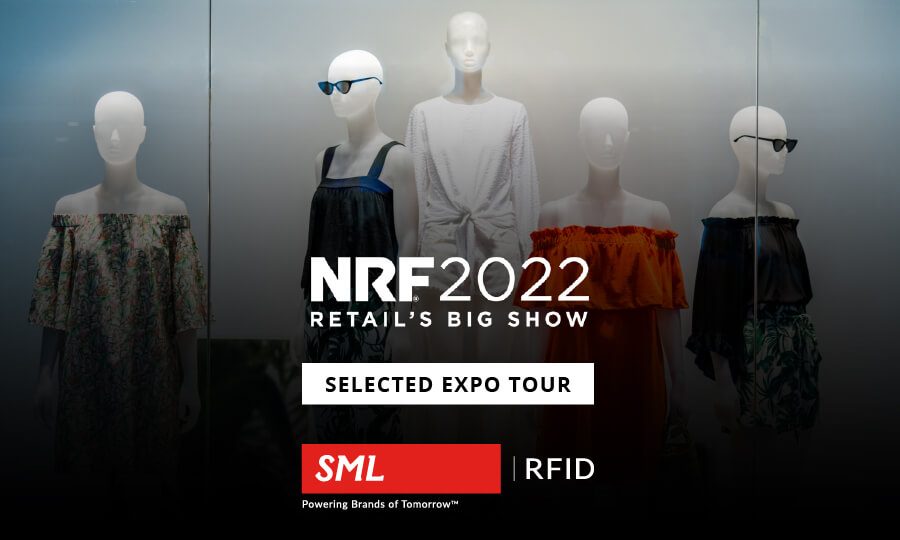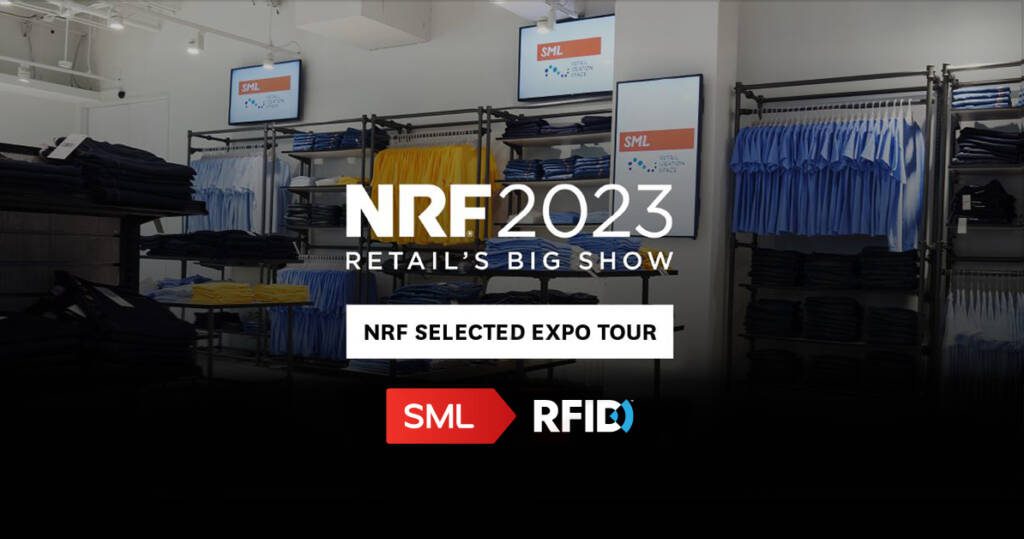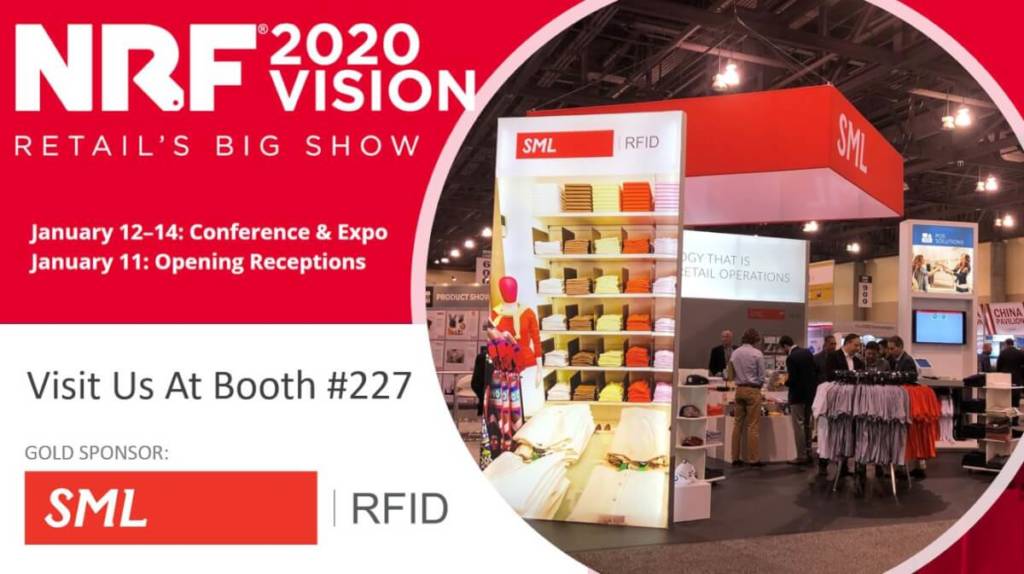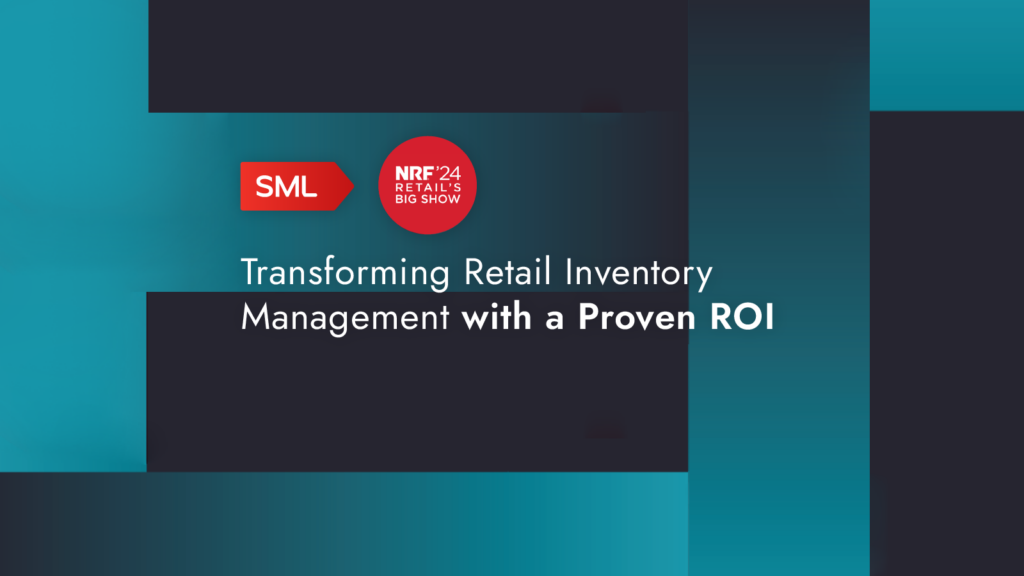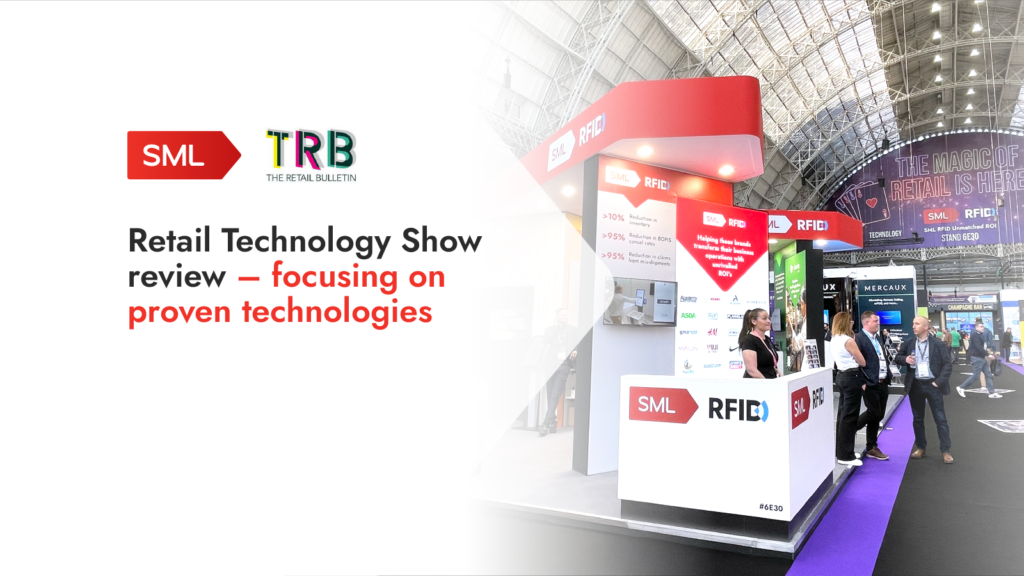NRF review – no escaping AI
Originally published on THE RETAIL BULLETIN
Improving inventory accuracy
As BOPIS has become an increasingly important feature of the post-pandemic retail landscape for shoppers Dean Frew, group CTO at SML, says it is proving to be the key driver of RFID adoption by retailers as it enables them to dramatically improve the accuracy of their tracking of inventory. Using just the traditional methods in the supply chain means retailers typically have between 55-75% inventory accuracy, which has led to issues.
“Retailers can’t live with the cancel rates of orders because of stock not being available for BOPIS orders. They either beef up their inventory [with more stock held as a buffer] or they cancel the orders. For some retailers it can be 50% cancel rates,” he says. For a growing number of retailers the alternative is investing in RFID.
The post-pandemic environment has also seen major change at FedEx, according to Raj Subramaniam, CEO of FedEx, who says that in 2016 as much as 75% of its parcel stops were business related whereas today this has been turned on its head and 75% of stops are now for consumer parcels. To address the dramatic changes in the marketplace the company used NRF for the launch of its end-to-end e-commerce platform, fdx, for retailers to use as a single source of truth of their supply chain. “This offers a seamless, personalised shopping experience for customers. It provides smarter supply chains for everyone,” he says.

